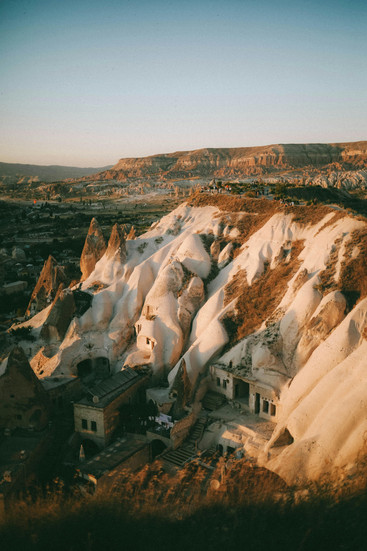Cappadocia
- Dr.N.Haluk Belen
- Jan 26
- 1 min read
Cappadocia, located in central Turkey, is a region renowned for its unique natural landscapes, including fairy chimneys, rock formations, and underground cities. Its history spans thousands of years, marked by the rise and fall of civilizations, making it a fascinating cultural and historical hub.
The region’s history dates back to the Bronze Age, with the Hittites establishing early settlements. Cappadocia’s location made it a crossroads for trade and cultural exchange between major empires such as the Assyrians, Persians, and Greeks. It was part of the Persian Empire during the Achaemenid period, and later came under the influence of Alexander the Great in the 4th century BCE.
Under Roman rule in the 1st century BCE, Cappadocia became a Roman province, thriving as a center of commerce and culture. It was during the Byzantine era that Cappadocia gained prominence as a religious and monastic hub. Early Christians, fleeing Roman persecution, sought refuge in its caves and underground cities, carving churches, monasteries, and homes directly into the soft volcanic rock. Iconic sites like the Göreme Open-Air Museum showcase exquisite frescoes from this period.
In the medieval period, Cappadocia came under the rule of the Seljuk Turks and later the Ottoman Empire. The region retained its cultural diversity, blending Christian and Islamic influences. The underground cities, such as Derinkuyu and Kaymaklı, served as hiding places during times of invasion or conflict.
Today, Cappadocia is a UNESCO World Heritage Site and a major tourist destination, celebrated for its rich history, unique geology, and breathtaking hot air balloon rides over its surreal landscapes.






























Comments